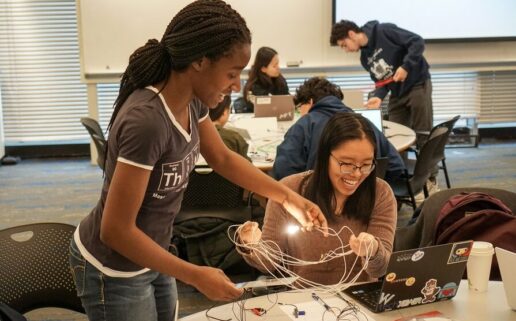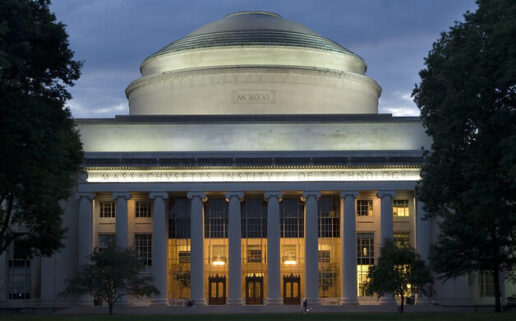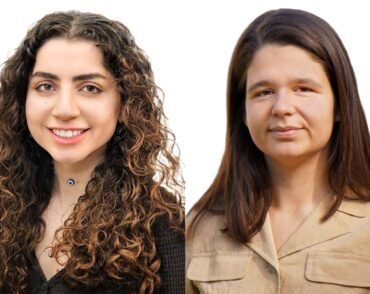This is the homepage h1
Discoveries in Physics Research
From quarks to twistronics to dark matter, MIT is on the cutting edge of physics research.
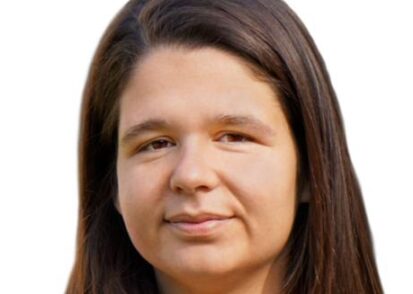
Spotlight On
Francisca Vasconcelos ’20 awarded 2024 Paul and Daisy Soros Fellowship for New Americans
Fellowship funds graduate studies for outstanding immigrants and children of immigrants.
>
Scroll
Our Research Areas
The MIT Department of Physics is recognized as a worldwide leader in physics research.
Our Programs
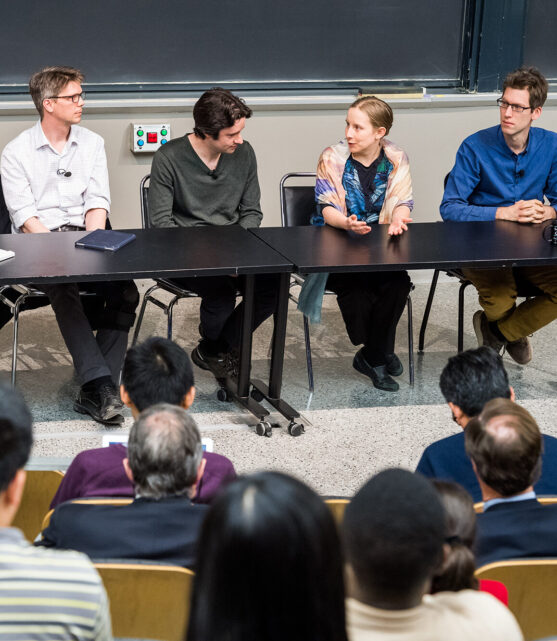
Our Faculty
We have five faculty who have won the Nobel Prize in Physics. We have also been the source of innovation in physics education with eight Oersted Medal winners.
